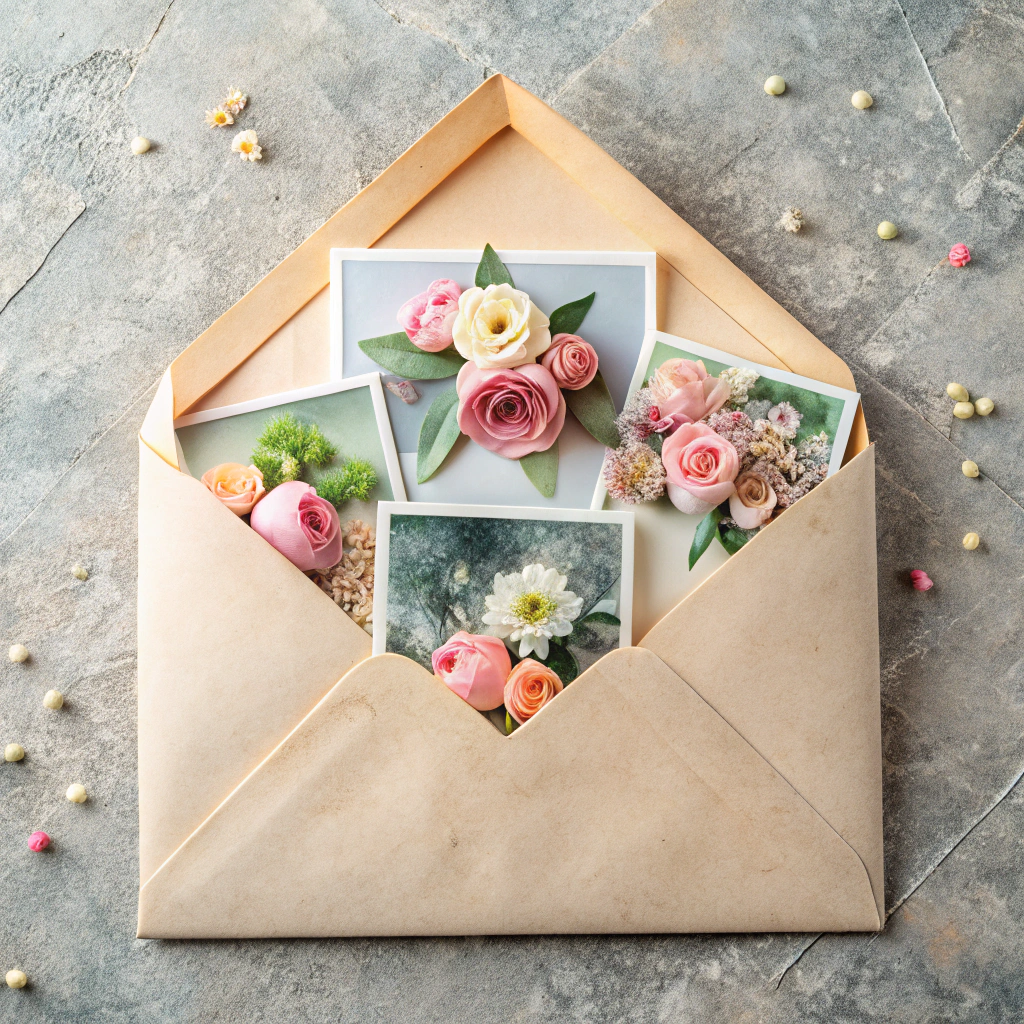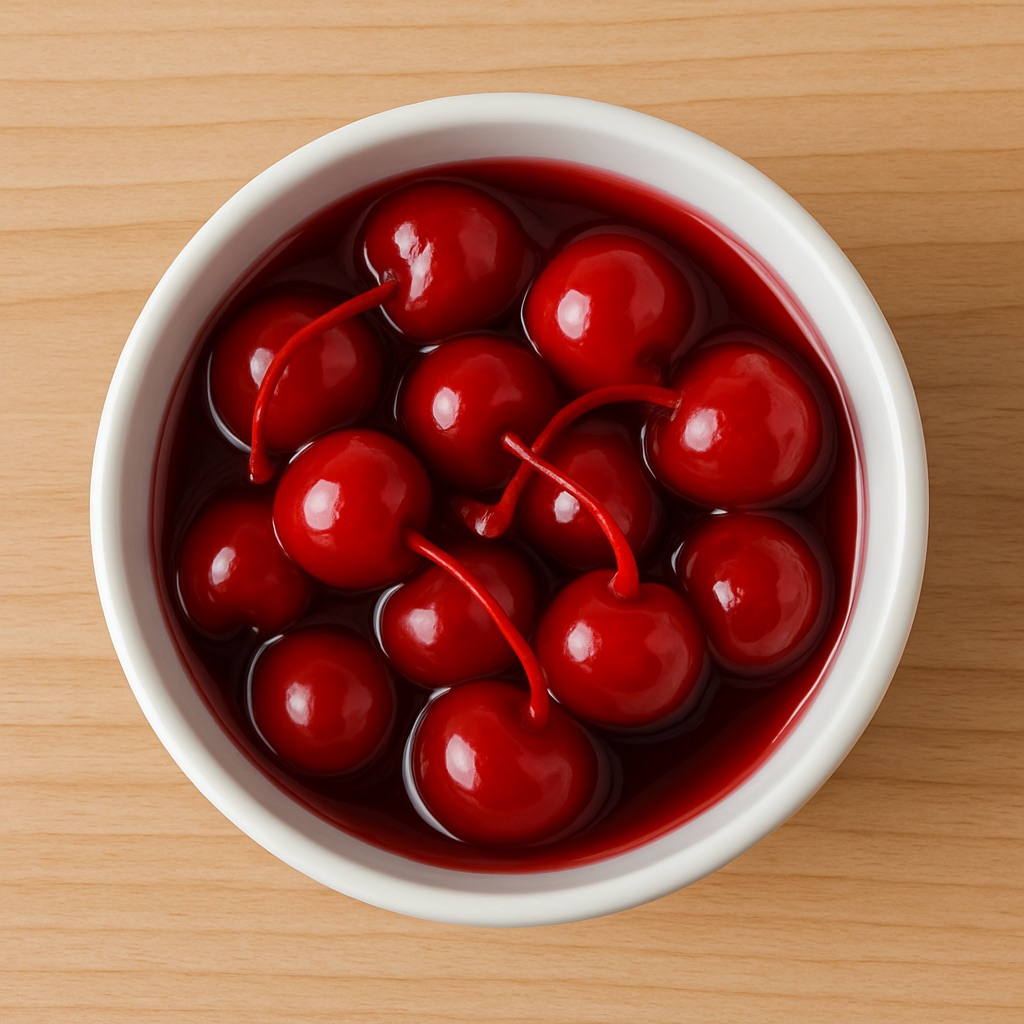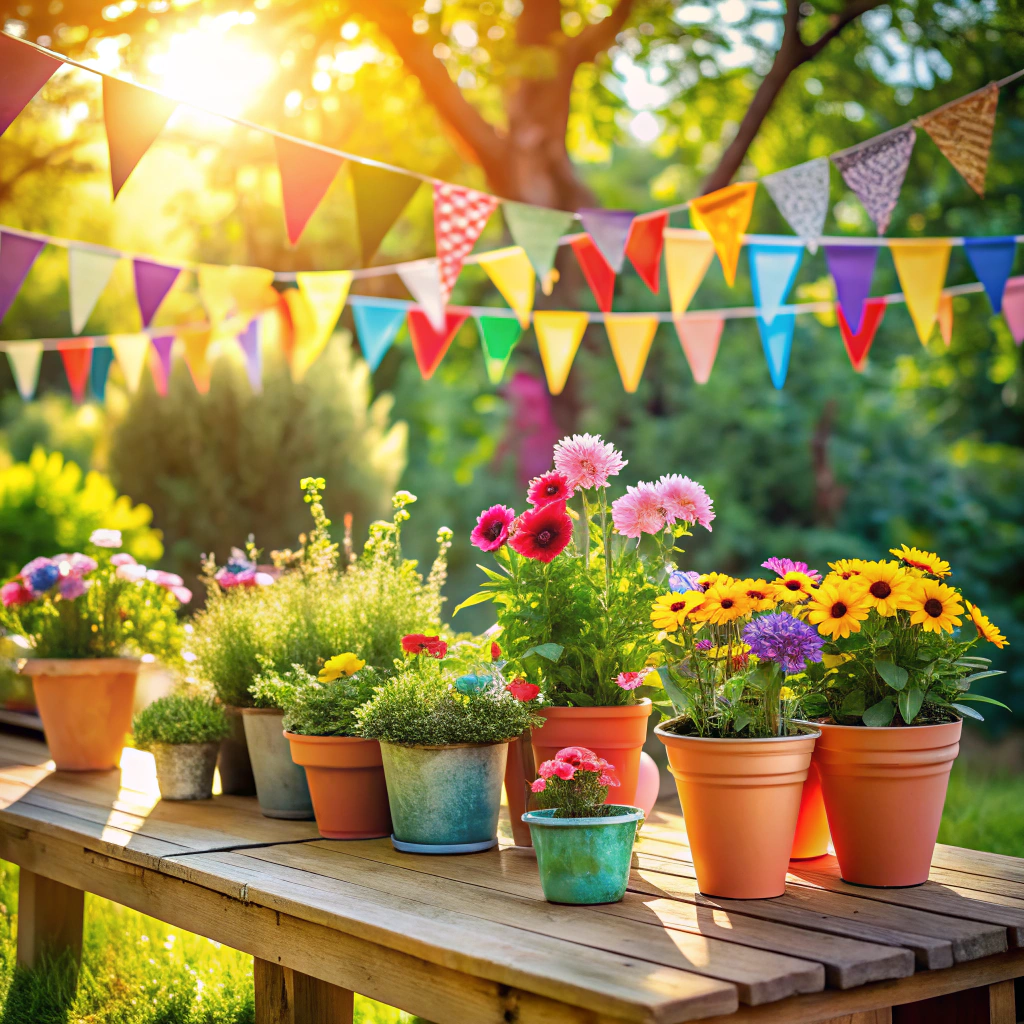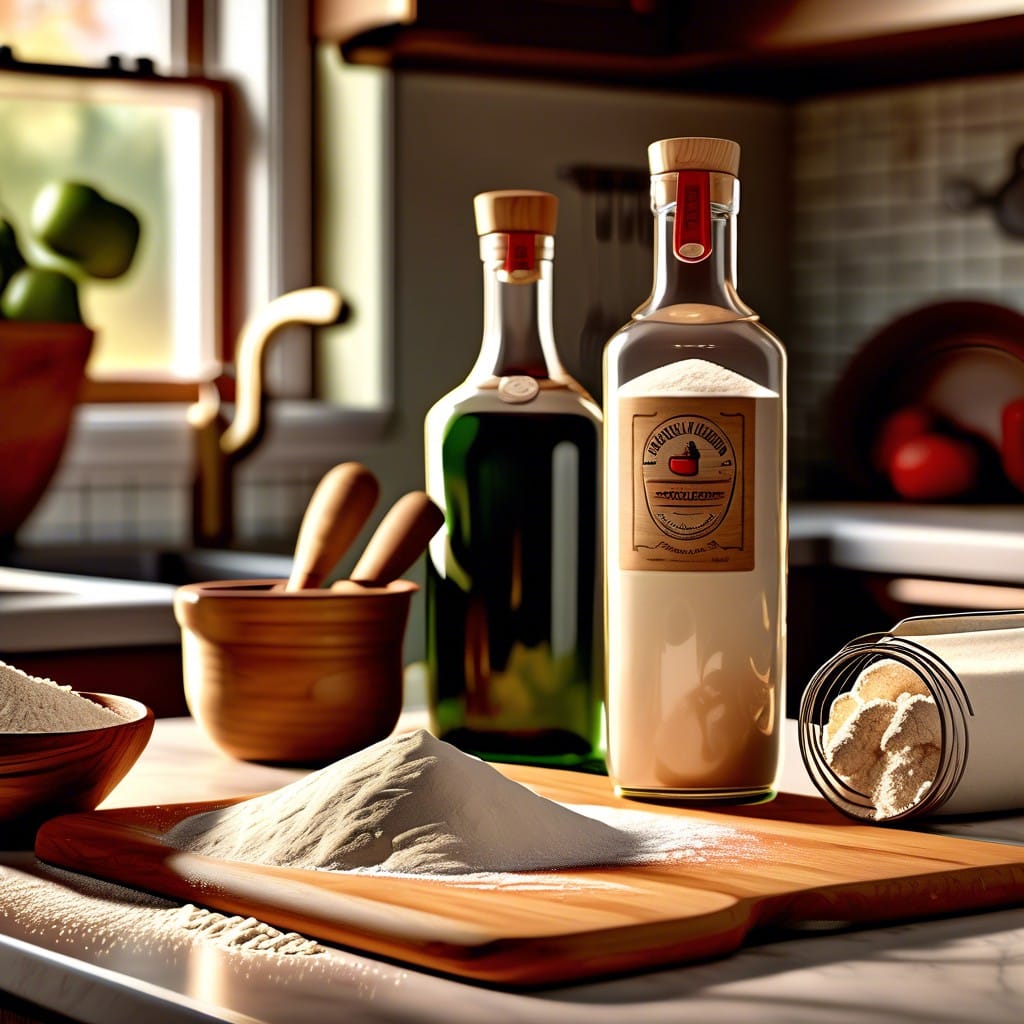Last updated on
Learn practical steps to eliminate chalk marker ghosting from various surfaces, ensuring your messages and drawings leave no trace behind.
Key takeaways:
- Test if the surface is non-porous before cleaning.
- Gather supplies: baking soda, vinegar, magic eraser, microfiber cloth, water.
- Use isopropyl alcohol, vinegar solution, toothpaste, or coke for removal.
- Make a baking soda paste to gently scrub away ghosting.
- Use a magic eraser with gentle circular motions for stubborn stains.
First Things First
Before attempting to clean off chalk marker ghosting, ensure that you are working with a non-porous surface, such as a glass or manufactured chalkboard. Traditional slate chalkboards can absorb the liquid chalk, leading to more stubborn stains.
Assess the surface beforehand to choose the most effective cleaning method. If you’re unsure whether your board is porous, test a small area with water — if it doesn’t absorb quickly, you’re likely working with a non-porous surface.
Always start with the gentlest cleaning method to avoid damaging your chalkboard. Remember, once you start with a particular cleaning process, complete it before trying a different one to prevent the ghosting from worsening.
Supplies Mentioned
Before diving headfirst into the cleaning process, ensure you have the following items on hand:
- Baking soda: This common pantry item is a gentle abrasive, ideal for tackling stubborn stains.
- White vinegar: Its acidity works wonders on residue, acting as a natural solvent.
- Magic eraser: A melamine foam sponge known for its effectiveness in removing marks from various surfaces.
- Microfiber cloth: Soft and non-abrasive, microfiber is perfect for cleaning without scratching.
- Water: Used for diluting vinegar or creating a paste with baking soda.
Having these supplies ready will streamline the cleaning process and increase your odds of erasing those pesky ghosting marks completely.
How To Remove Chalk Marker From Chalk Boards With Common Household Items
Chalkboards are a fun and dynamic way to communicate visually, but sometimes chalk markers can leave behind a pesky shadow of what was once written. Fortunately, there are household items that you can use to tackle this ghosting issue:
- Isopropyl Alcohol: Dampen a cloth with isopropyl alcohol and gently rub the stained area. Its solvent properties work well to dissolve the remnants of chalk markers.
- Vinegar Solution: Mix equal parts of white vinegar and water. Spray it onto the ghosted area and wipe with a soft cloth. Vinegar’s acetic acid content helps in breaking down the residue.
- Toothpaste: Apply a non-gel toothpaste to the chalkboard. Scrub softly with a damp rag or sponge, then rinse with water. The mild abrasives in toothpaste can help remove the residue without damaging the surface.
- Coke: Believe it or not, the mild acidity of Coca Cola can help clear ghosting. Pour a little onto a cloth and rub the ghosted area, then rinse with water.
Always test these solutions on a small, inconspicuous area first to ensure they do not harm the surface of your chalkboard. Also, after treating the ghosting, remember to wipe the board down with a damp cloth to remove any cleaning solution residue.
Erase Chalk Marker Stains With Baking Soda
Baking soda, a mild abrasive, often succeeds where damp cloths fail. Create a paste using a 3:1 ratio of baking soda to water, which will gently scrub the ghosting away without damaging your board. Apply the paste with a soft cloth or sponge, using a circular motion to lift the residue. Rinse the board with a clean, damp cloth afterwards to remove any remaining baking soda. For stubborn stains, allow the paste to sit for a few minutes before scrubbing. This method is not only effective but also uses eco-friendly ingredients commonly found at home.
Removing Chalk Marker With a Magic Eraser
Harness the power of a Magic Eraser for a more robust solution. Dampen the sponge slightly to activate its micro-scrubbing texture. Use gentle, circular motions to tackle the ghosting, working in small sections to maintain control.
Be mindful not to saturate the chalkboard, as excess water can damage its surface. If resistance is met, apply moderate pressure but avoid vigorous scrubbing which may dull the finish. Rinse the eraser as needed to remove residue and continue until the surface is clear.
Remember, this method works best for non-porous chalkboards; porous surfaces may require a different approach.
Recap:




